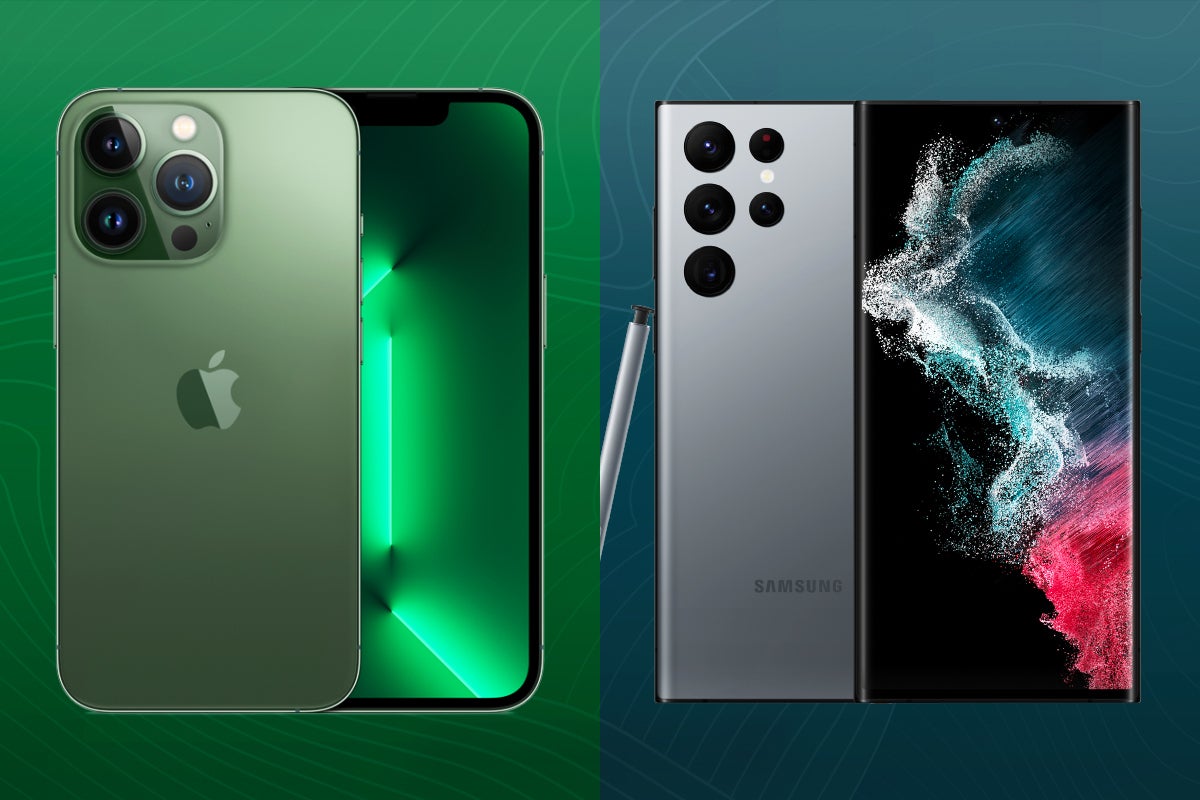Pixel 6 vs Pixel 5: Should you upgrade?

The Pixel 6 is here and it brings with it all manner of cool, never seen before goodies, including Google’s first own-brand mobile chips, a completely reworked design, and radically upgraded camera.
In fact, there’s so much new hardware here that you may justifiably be struggling to focus on which of these big upgrades you should care about when differentiating this device over last year’s Pixel 5.
Here to help clear up the confusion, we’ve created this early versus guide that details the biggest technical differences between the two phones.
Keep checking this page for updates, with our hands-on and final impressions of the Pixel 6 once the handset passes through our lab and the final review goes live.
Specs
Visually, the Pixel 6 and Pixel 5 are completely different. The new phone has a very noticeable visor-like camera housing on its rear, and is generally larger with a 6.4-inch OLED screen. By comparison, the Pixel 5 has a 6-inch OLED panel.
There are notable differences under the hood, too. For starters, although both screens are OLED and features an FHD+ resolution (which should be more than sharp enough based on our experience with the Pixel 5). Both phones can also jump between 60 and 90Hz.
It’s slightly disappointing that the Pixel 6 doesn’t go up to 120Hz like its more expensive sibling, the Pixel 6 Pro. Nevertheless, the upgrade should make the screen here significantly nicer than the Pixel 5’s, which is locked to run at 90Hz or 60Hz.
The other big upgrades relate to the Pixel 6’s chip and battery. The Pixel 6 runs using Google’s new Tensor CPU. This is the search giant’s direct response to Apple using its homegrown A-series chips to power its iPhones. It’s the first time a Pixel device has featured anything other than a Qualcomm Snapdragon chip, such as the mid-range 765G chipset seen in the Pixel 5.
We haven’t had time to benchmark the chip yet, and can’t attest to real-world performance until we get the Pixel 6 into our labs. But Google has made some pretty bold claims about its improved performance and features.
Specifically, Google claims it will let the Pixel 6 offer 80% faster performance over the Pixel 5. While the company didn’t offer specific benchmarks, it clarified that this metric relates to everything from app opening times to gaming frame rates. As an added perk the Tensor has “more advanced” AI capabilities that will let it do things like real-time auto translation, plus better image recognition and processing.
Fast charging is the other ‘headline’ addition. The Pixel 5 could charge at a maximum of 18W. The Pixel 6 pushes this up to 30W, letting it accrue up to 30% charge in about 30 minutes – which, based on our experience with the Pixel 5, is a significant upgrade.
If you want a more thorough look at the two phones’ specs, check out the table below.
Camera
Pixel phones have consistently earned a place among the best camera phones each year. However, the Pixel 5, while very competent, didn’t have the same lead on competing handsets as past Pixel devices. Which is the reason deputy editor Max Parker concluded that the rear camera was “more of a gentle step-forward than a giant leap” for the brand in his review.
It’s no surprise, then, that Google’s has chosen to upgrade the rear camera on the Pixel 6, specifically replacing the Pixel 5’s 12-megapixel main sensor with a new 50-megapixel “Octa PD Quad Bayer” wide camera. The new main sensor is backed up by a secondary ultra-wide, as seen on the Pixel 5. The base Pixel 6 doesn’t include a telephoto, however. For better zoom shots you’ll have to look to the more premium Pixel 6 Pro.
Both Pixel 6 phones retain the AI smarts of Google’s processing, but the use of a new “better” main sensor and the Tensor chip add a few cool upgrades. When we asked Google how much better the main sensor would be in key areas such as low light, focus speeds and creating portrait shots with a bokeh effect, we were told “palpably”. Until we test this, we can’t confirm that claim. If it’s true, however, then the Pixel 6 will likely re-cement the brand’s place as a top dog when it comes to camera phones.
The Tensor’s AI features are more interesting. This, according to Google, lets the camera use advanced AI processing to make removing photobombers (for example) from pics, or focusing a blurry photo, a two-click job in the phone’s camera app, as well as generally improving photo quality. I’ll be curious to see how well it actually works during testing.
Availability
The Pixel 5 is available now, although it will likely stay on sale while Google gets rid of surplus stock after the Pixel 6 starts shipping on 28 October.
Price
The Pixel 6 is an outstanding all-around phone with prices starting at only $599. This is lower than the Pixel 5’s $699 launch price.
Early verdict
The Pixel 6 is one of the most interesting Google phones to arrive since the first-generation Pixel. It offers a number of never before seen features, chief of which is its new Tensor chip – which should offer a number of cool features such as live translations. On a technical level, the new chip, plus a host of camera improvements, makes the Pixel 6 a very compelling device compared to the Pixel 5. Hopefully, the device makes good on its opening promise once it’s in for testing.





